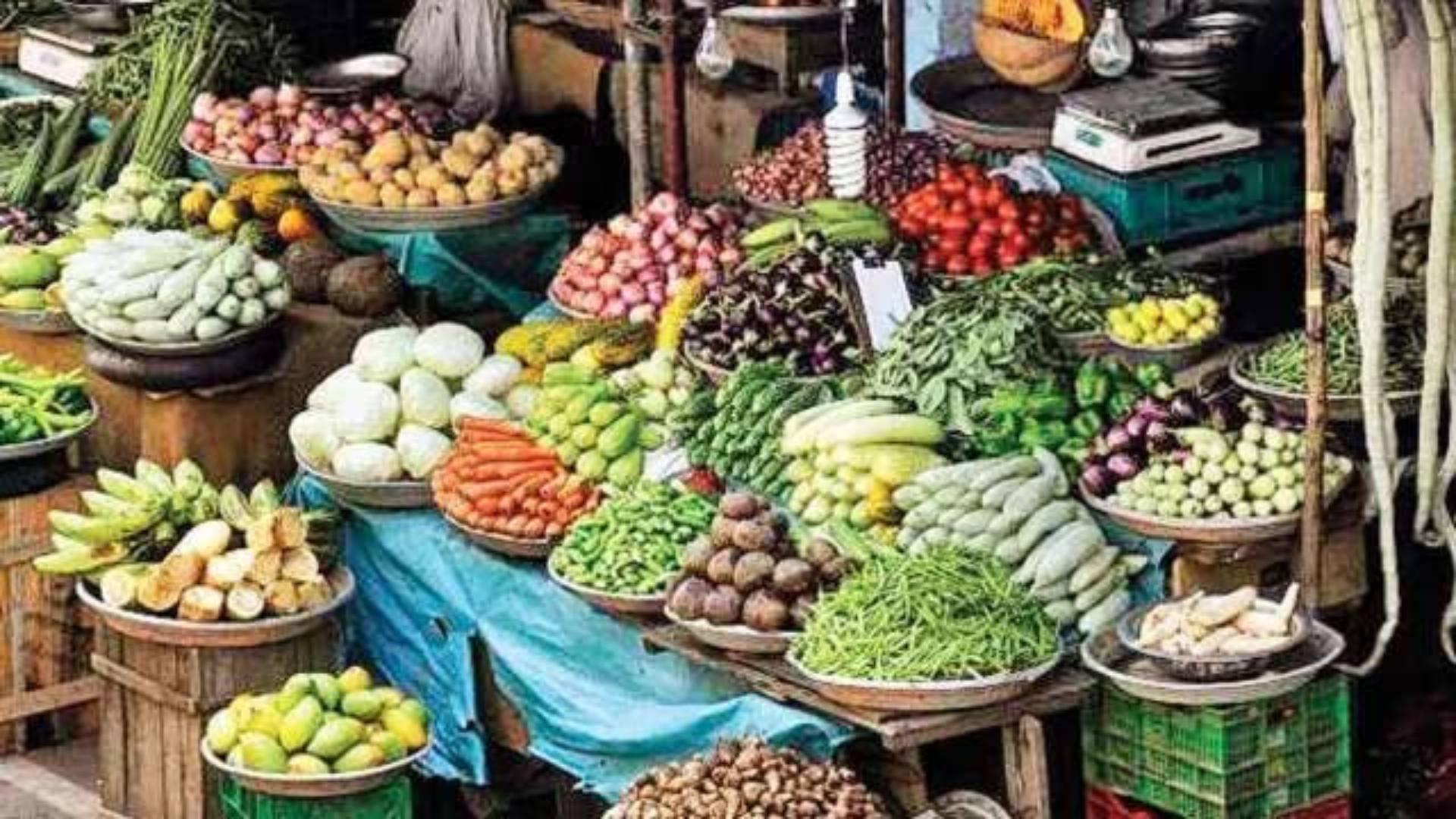
According to data released by the commerce ministry on Tuesday, India’s wholesale inflation surged to its highest level in 13 months, reaching 1.26 percent in April 2024. This marks a significant increase from the -0.8 percent recorded in April 2023 and the 0.5 percent reported in March 2024. The rise was primarily driven by increases in fuel, food, and core item prices.
Despite global challenges, experts noted that the trajectory of WPI inflation in fuel and power remained modest in April. However, food inflation continued to register at high levels.
“Supported by negative inflation in the Non-Food Articles (-4.41 per cent) and manufactured products (-0.42 per cent) the WPI inflation remains benign. However, the WPI inflation in food articles remains elevated at 7.74 per cent in April 2024 as compared with 6.88 per cent in March 2024” said Sanjeev Agrawal, president, PHD Chamber of Commerce and Industry.
The experts suggested that the anticipated above-normal monsoon is likely to contribute to a reduction in food inflation in the upcoming months.
“Food inflation was higher largely due to an increase in vegetables which is generally observed every summer. With normal monsoon forecast this year, food inflation is likely to be lower, lowering the overall inflation. Core inflation number at ~ 3.25 pc continues to remain subdued. This inflation number may not have any material impact on RBI monetary policy decision” stated Deepak Agrawal – CIO Debt, Kotak Mutual Fund.
Experts additionally emphasized that the persistent pressure on food prices has been hindering the disinflation process in India, presenting a challenge to achieving the RBI’s monetary policy target of 4 percent inflation. Furthermore, industry analysts noted that while crude inflation has shown signs of moderation following its peak in April, the recent surge in commodity markets could impact business growth, potentially leading to further inflationary pressures.
ICRA (Investment Information and Credit Rating Agency) forecasts that WPI inflation will continue to increase, reaching 2.0-3.0 percent in May 2024. This uptick is attributed to the expansion of the unfavorable base for items such as food and crude oil.